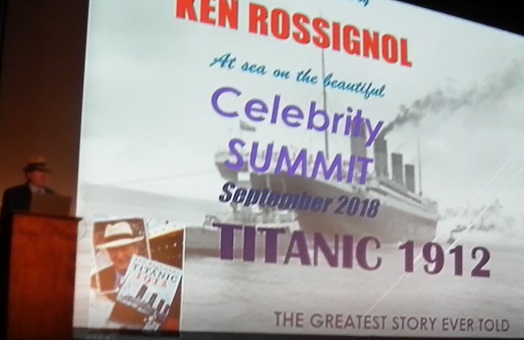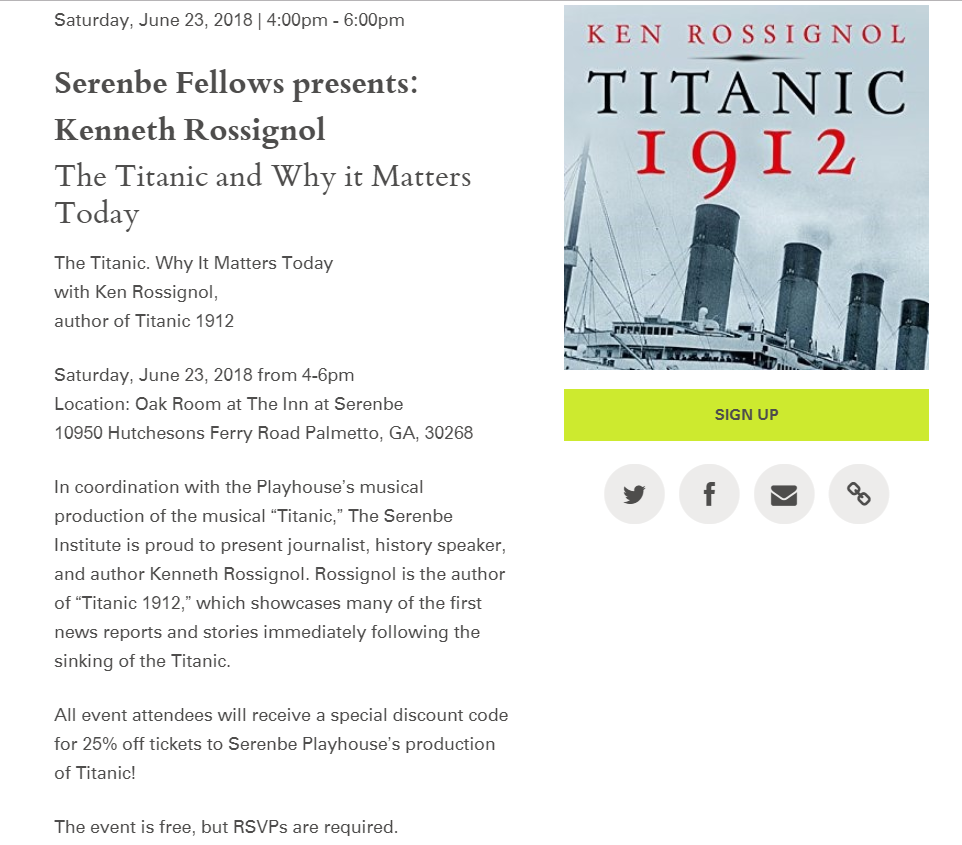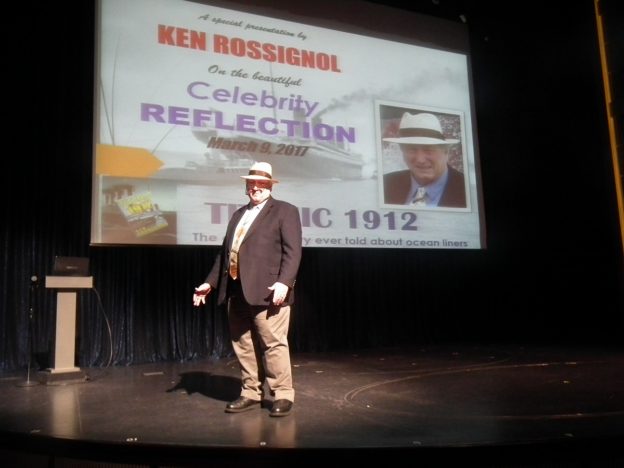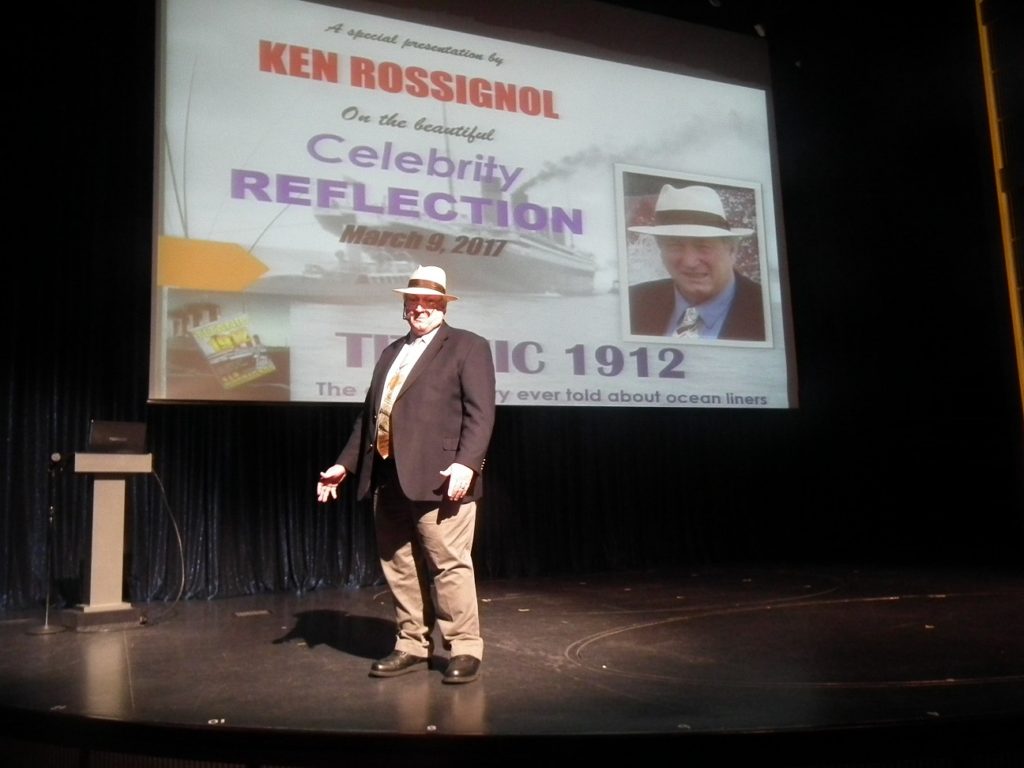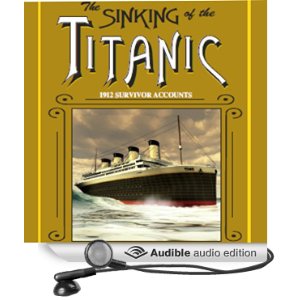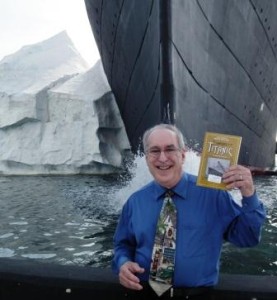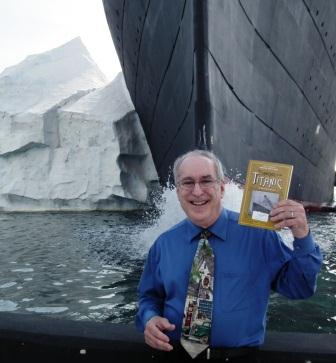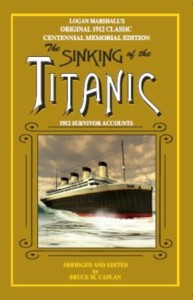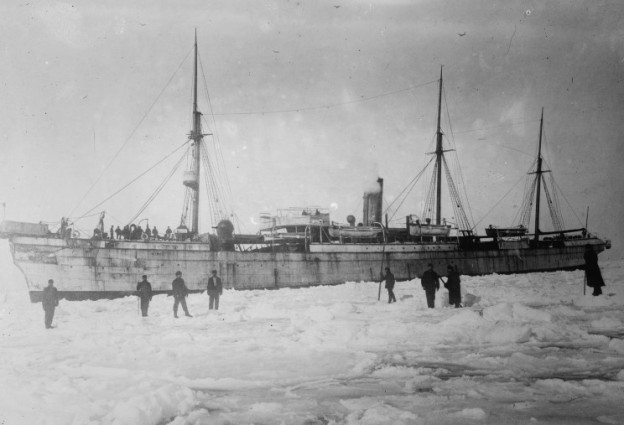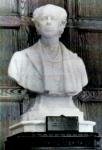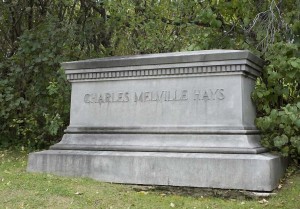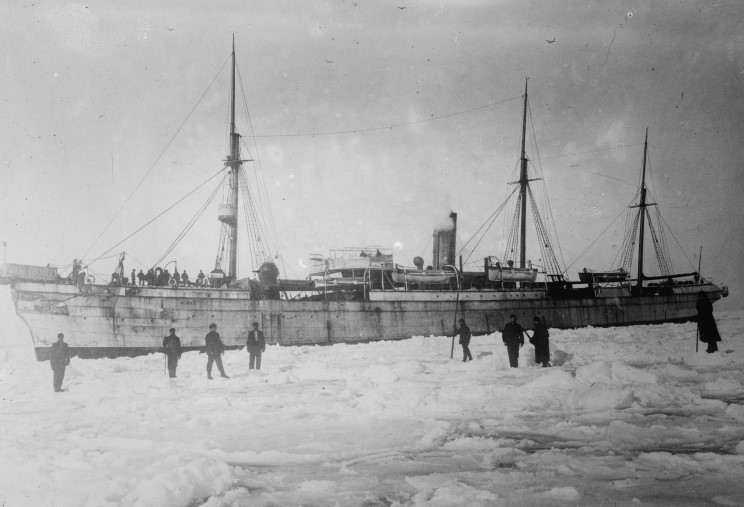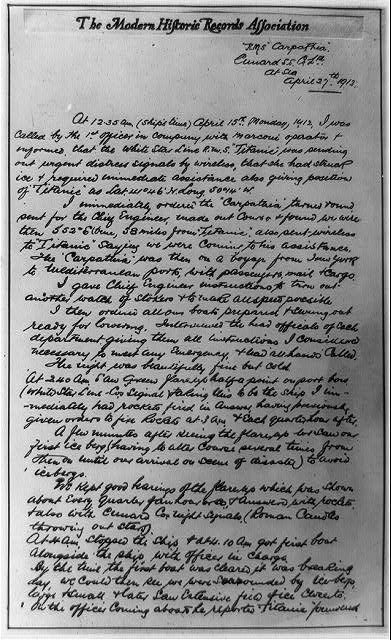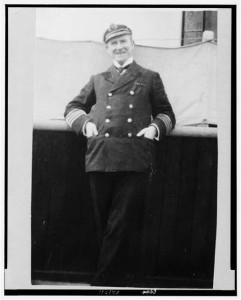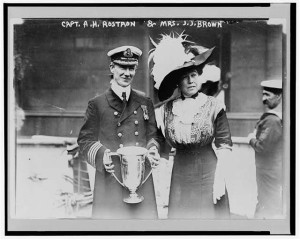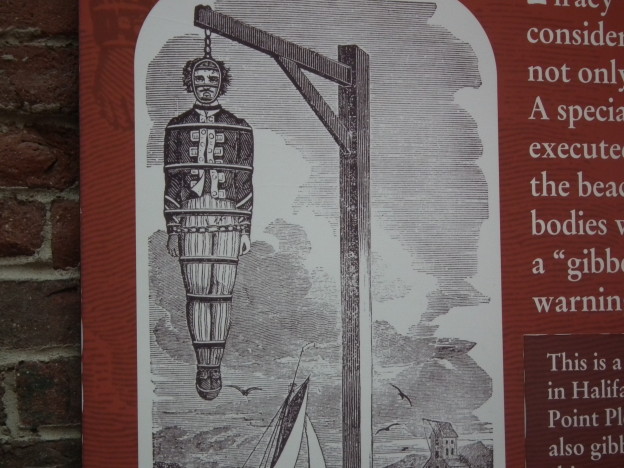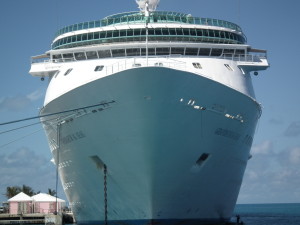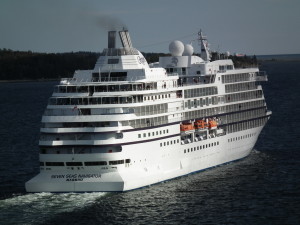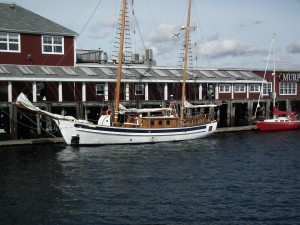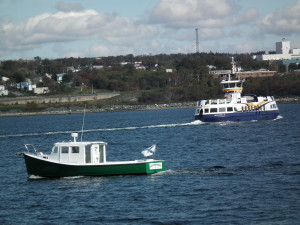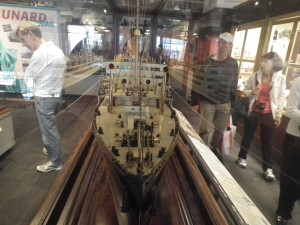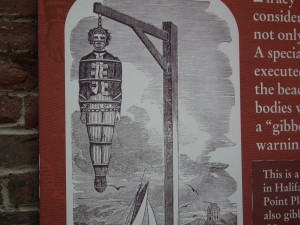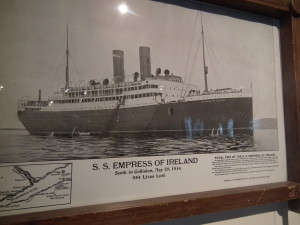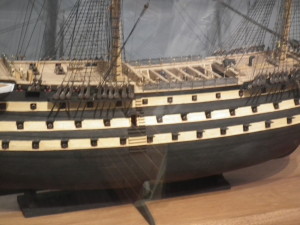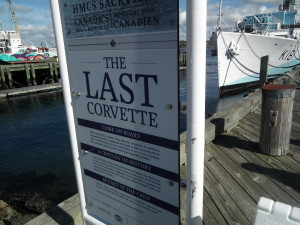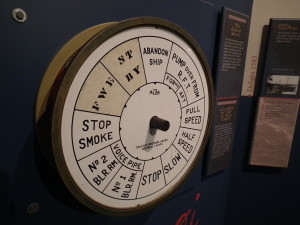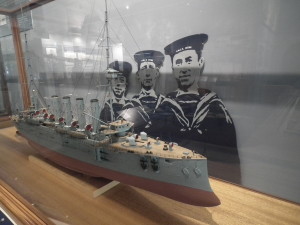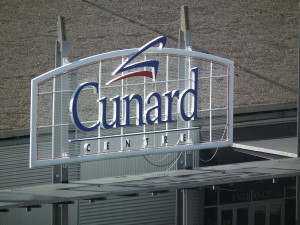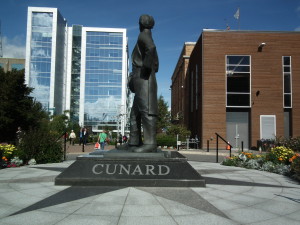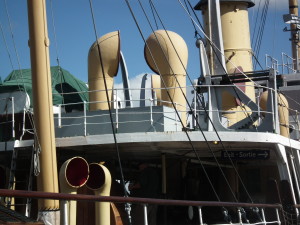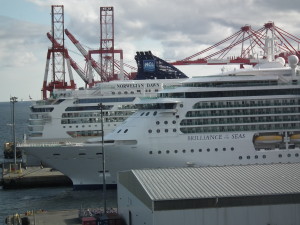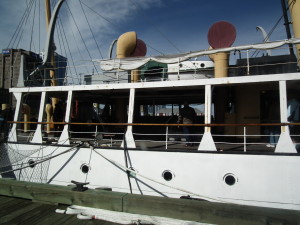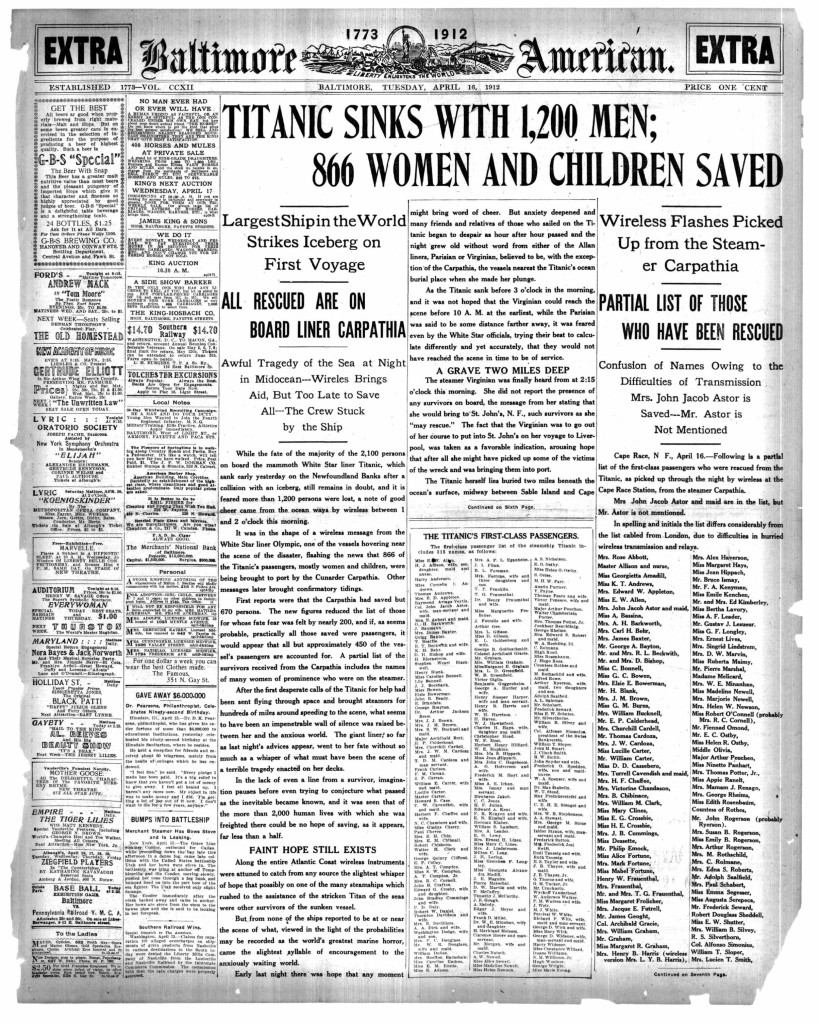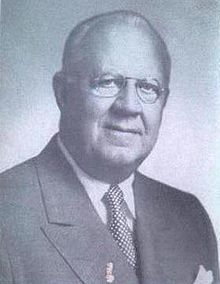
William Thompson Sloper boarded lifeboat number 7
‘A likely story’ William Thompson Sloper boarded lifeboat number 7
By Ken Rossignol
The story of the survival of William Thompson Sloper who lived when the Titanic sank began when Dorothy Gibson insisted that the 28-year-old stockbroker from New Brittain, Conn., board her lifeboat #7, a lucky lifeboat indeed. First Officer Murdoch was in charge of the boarding, which at the time wasn’t going well due to the prevalent attitude that the ship was not going to sink.
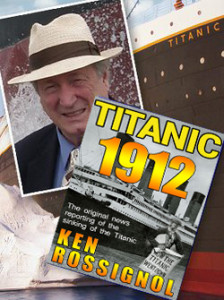
Titanic 1912 – The original news stories of the sinking of the Titanic
The boarding protocol for boarding the lifeboats reportedly was different, depending on which side of the ship the passengers were standing. On the starboard side, the rule was women and children first. On the port side, the rule being followed was women and children only. Thus when Gibson and Sloper approached the first lifeboat to be lowered and all of the available women and children were boarded, Gibson insisted that her bridge partner, Sloper, be allowed to board. He did.
There is much witness testimony from survivors that most felt it foolhardy to leave the fine luxury ship which wasn’t clearly in peril. Thus many of the first boats to be lowered were far from full.
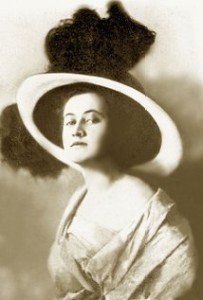
Dorothy Gibson actress starred in first Titanic movie and survived the sinking
Without a hat, Sloper found a towel and had put it over his head in the lifeboat to keep warm and when the rescue ship Carpathia arrived and picked up the survivors from lifeboat number seven, Sloper was still wearing the towel. Thus, the rumor of a man dressing as a woman got started and flourishes to this day. Some variations of the coward who dressed like a woman included a man who wore a dress and a veil.
Sloper was returning from a three-month vacation to Europe and was booked on the Mauritania but lingered on in England as he romanced Alice Fortune.
The family of Mark and Mary Fortune had been on a Grand Tour of Europe and the Middle East. It was on this tour that Alice and Sloper met. She persuaded him to change his ship and travel back to New York with her family on the Titanic. Of the six members of the Fortune family, from Winnipeg, Canada, only Mary Fortune and her three daughters survived; her son Charlie and her husband Mark perished on the Titanic.
Dorthy Gibson, a well-known actress, starred in the first movie about the Titanic, released in 1912. She continued her career and was captured by the Nazis during World War II and interned in a concentration camp, which she survived and died a few months after the end of the war.
Sloper died on May 1, 1955.
From IMDB
In 1909 Dorothy met George Battier jr. They were soon married, but the marriage was short-lived. Soon, she became an actress for Eclair Studios, making one-reelers. In 1912, she finished The Easter Bonnet (1912) and travelled to Europe. By April she was ready to return. On April 10, 1912, she and her mother boarded the Titanic in Southampton, England. They occupied a cabin on E-Deck. When the Titanic struck an iceberg at 11:40 on the 15th, she described it as “a long sickening crunch”. She and her mother boarded the first lifeboat to leave with friends William Sloper and Fredrick Seward. She later appeared in the film, _Saved From the Titanic (1912)_, a one-reel quickie. It was to be her last. She soon quit the business and married Jules Brulatour. This marriage was also short, lasting only two years.
The following article appeared on the front page of the Manitoba Free Press, on Saturday, April 20, 1912.
Women Had No Idea of Serious Condition of the Titanic
Gave Their Money to Charlie For Safe-Keeping Until They Met
Hugo Ross Was Ill in Bed When Disaster Occurred—Rescued Loathe to Talk
(Special Staff Correspondent)
New York, April 19—Strong and self-contained in the time of great bereavement, the survivors of the Fortune family, Mrs. Fortune and her 3 daughters, Mabel, Ethel and Alice, were joined in their rooms in the Belmont today by Charles Allan, of Winnipeg, who is engaged to the latter member of the family. But though showing remarkable fortitude, they would talk but little of the terrible tragedy by which they were robbed of father and brother. This strikes the newspaper man on the Titanic wreck assignment as being characteristic of nearly all of the survivors. There is a dread of recalling the awful disaster by talking of it, for the recounting of the events seems at once to bring the dreadful picture before their eyes. To Mr. Allan, however,
the story has been told, in part disjointedly and with little sequence, but still bringing forth many graphic pictures.
Did Not Think it was Last Parting
Probably one of the grimmest features of this story, as told to the Free Press, is the fact that upon leaving on the sixth boat the sisters handed over their money to Charlie, their brother, for safe keeping. When they left the ship they had no idea that they would never see either brother or father again. The prevailing opinion was that the Titanic would float for many hours, and that within 6 hours’ time the Carpathia would arrive to take off those who were left on board. They had scarcely drawn away, however, when the big ship commenced to keel, and at a safe distance from the vortex they watched her lights, and by them saw her heave and sink like a wounded sea monster. Mingled in the churning ice-strewn waters were those to whom they had bidden what they thought was only a short good-bye; the lights went out, and with them 1,500 lives. Dawn came over the ice dotted sea, and for 8 hours they floated in the lifeboat until they were picked up, almost the last, by the Carpathia.
Hugo Ross Was Ill
Of other western people who perished, they have little to tell. Hugo Ross, sick in his cabin was warned to dress by Thompson Beattie. The latter was heard to remark shortly before the Fortune boat left,
“Things look Pretty bad,” and then he went below to his friends.
Whether Mr. Ross managed to come on deck before the end came is not known. Neither of these men they saw again. None of the ladies had seen either J.J. Borebank, who was another Winnipegger lost. Alice thought she remembered having seen him at one time, but could not be sure. The boat on which the Fortunes escaped was ill-manned, and the women who formed most of its human cargo took a hand at the rowing from time to time. The Dicks of Calgary were on board, but most of the passengers were steerage. A man clothed in a woman’s dress and with a veil tried to get on board, just as the boat was being lowered, a foreigner leapt on board. As they pulled away they saw the band, with
(Continued on Page Six.)
Fortune Family Parted on Boat in Good Cheer
(Continued from Page One)
life preservers round their waists, and playing ragtime music. Just before the last, however, the notes of “Nearer my God to Thee,” came floating across the water to the survivors in the lifeboats.
“They never tried to get away,” Miss Fortune told Mr. Allan. “They just stood and played while the boats were lowered away and the steward walked round whistling and caring for the lady passengers. They were very brave.”
Mr. Allan has arranged with the C.P.R. to have a special car brought down by which the family will be conveyed to Winnipeg, either on Sunday or Monday.
Mr. and Mrs. Heber C. Hutton, of Winnipeg, have also joined them here.

